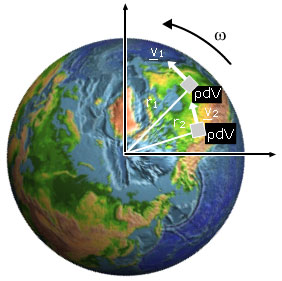Differential Installation Instructions
Please read completely before beginning.
Disassembly
Make sure that you have all the parts and tools you will need. The
extent of disassembly depends on the job being done and the inspection
findings. Lift the vehicle using an appropriate lift or a jack and safe jack
stands. Always make certain that the vehicle is safely supported before working
underneath.
Unbolt the driveshaft from the yoke.
Remove the differential cover
or unbolt the third member. Let the oil drain into a suitable container.
Please
recycle your waste oil.
Remove c-clip axles by removing the differential cross
pin bolt and cross pin shaft, pushing the axles in and pulling the c-clips.
Full float axles are unbolted at the hubs.
Punch both carrier caps with
identification marks so that you will be able to re-install them on the same
side and in the same direction. Most carriers can be pried out of the housing
with a pry bar. Further disassembly depends on the job being done. If you’re
changing the ring and pinion or the pinion bearings, remove the pinion nut with
an air gun while holding the yoke, or use a long breaker bar and brace the yoke
(bolt it to a long board) so that it can’t move.
Knock the pinion gear out to
the rear with a brass punch, taking care not to damage the threads.
Keep track
of the location and thickness of all of the original shims. Pinion bearings
must be pressed off. Carrier bearings can be pulled using a bearing puller.
Internal parts (inside the carrier) can be removed as necessary.
Source: http://www.differentials.com/technical-help/installation-instructions




